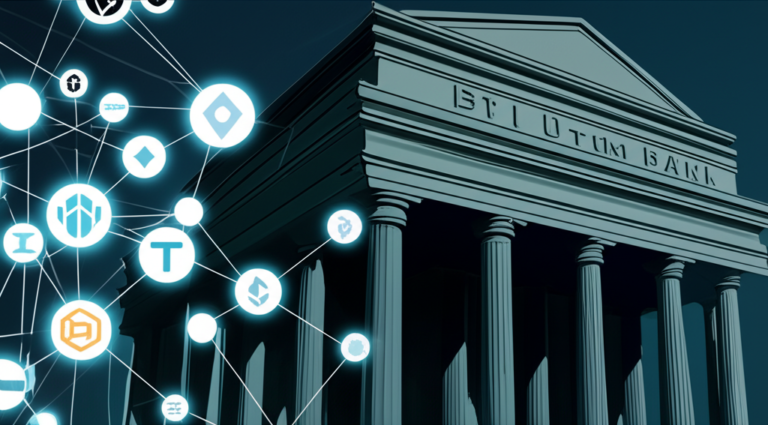Wrench Attacks Fuel Flight to Centralized Crypto Custody: Is Decentralization Losing its Appeal?
The recent spate of “wrench attacks” targeting prominent figures in the cryptocurrency industry is sending shockwaves through the market, driving a surprising trend: a resurgence in the popularity of centralized crypto custodians. While decentralization has long been a core tenet of the crypto ethos, the perceived security risks associated with these targeted attacks are pushing investors towards the perceived safety of centralized platforms.
The Rise of Wrench Attacks and Their Impact
“Wrench attacks,” a term describing targeted physical attacks or intimidation tactics against individuals holding significant crypto assets or influence, have become increasingly prevalent. While specific details around recent attacks remain shrouded in secrecy for security reasons, reports suggest that these attacks are aimed at coercing individuals to reveal private keys or transfer funds. This directly undermines the supposed security advantages of self-custody, which often relies on individuals safeguarding their own private keys.
The attacks highlight a critical vulnerability: the human element. No matter how secure the technology, individuals can be compromised through physical threats or coercion. This raises serious questions about the practicality of self-custody for individuals holding significant assets. The fear of becoming a target is a powerful motivator, and for many, it outweighs the philosophical advantages of decentralized control.
Shifting Investor Sentiment: Decentralization vs. Centralization
The consequence is a perceptible shift in investor sentiment. Anecdotal evidence, coupled with increased inquiries to custodial service providers, suggests a growing preference for centralized solutions. While the exact figures are unavailable publicly, industry insiders suggest a notable increase in new accounts and assets under management at major centralized exchanges and custodians. This trend contrasts sharply with the previous emphasis on self-custody and decentralized finance (DeFi).
The irony isn’t lost on many: the very technology designed to escape centralized control is pushing users back into the arms of centralized institutions for the sake of perceived security.

The Security Paradox: Weighing Risks and Benefits
This situation presents a complex security paradox. While centralized custodians offer a higher level of security against physical attacks, they also introduce new risks. Centralized platforms are vulnerable to hacks, regulatory issues, and potential custodial negligence. The choice for investors becomes a difficult calculation: accepting the risks of self-custody or the risks of centralized custody.
Furthermore, there’s the inherent tradeoff between security and control. Centralized custodians offer convenience and security but limit an individual’s complete autonomy over their assets.
The Future of Crypto Custody: A Hybrid Approach?
The current situation may lead to a more nuanced approach to crypto custody in the future. A hybrid model incorporating aspects of both decentralized and centralized solutions may become more prevalent. This could involve using a combination of multi-signature wallets, hardware wallets, and centralized custodians for different portions of one’s crypto holdings, offering a balance between security and control.
- Summary:
- Wrench attacks targeting crypto executives are increasing.
- These attacks are driving investors towards centralized crypto custodians.
- The trend highlights a tension between the ideals of decentralization and the realities of physical security risks.
- The future may see a hybrid model of crypto custody, combining decentralized and centralized approaches.
- The increased reliance on centralized custodians raises concerns about potential risks associated with such platforms.










